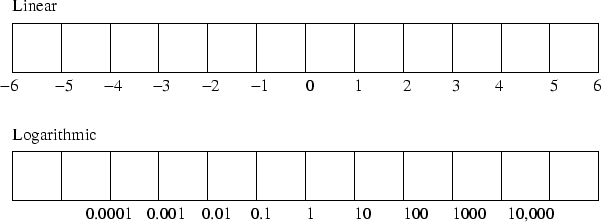14. Transmitter Measurement
Definitions
- Decibel is used as a comparison. It can either be a comparison between two measurements or between one measurement and a standard unit.
- 0 dBW does not mean there is zero power, but it means the power is exactly the same as the reference,
1 Watt, in this case
- 3dB down is the bandwidth usually quoted to be the frequencies between the half-power points
- Two Tone Generator comprises two audio oscillators whose out puts are combined into a single output to be connected to the microphone input of the transmitter under test
- Mean power output of an SSB transmitter fed with two tones will be 50% of the Peak Envelope Power
- Effective radiated power (ERP) is an IEEE standardized definition of directional radio frequency (RF) power transmitted from a theoretical half-wave dipole antenna
- Peak envelope power (PEP) is the highest envelope power supplied to the antenna transmission line by a transmitter during any full undistorted RF cycle or series of complete radio frequency cycles
- Net happens when more than two Amateurs are in conversation over the radio
- Radio transeiver is a combination of a radio transmitter and a radio receiver
- PTT (Push To Talk) or MOX (Manually Operated Transmit) or VOX (Voice Operated Transmission) are 3 different types of modes to change from listen to speak (receive to transmit)
Diagrams
-
Log vs linear scale

Gain = 10 log (output power / input power) where Gain is in dBW, output power and input power is in WattsGain = 20 log (output voltage / input voltage) where Gain is in dBV, output voltage and input voltage is in VoltsGain = 20 log (output current / input current) where Gain is in dBV, output current and input current is in AGain = Gain(1) + Gain (2) - Cable loss where Gain is total gain of 2 amplifiers put together in series one after anotherdBW = 10 log Watts3db down on X = X/2 where X is power in Watts
Notes
Decibel
- It can either be:
- comparison between two measurements
- comparison between one measurement
- standard unit
BEL was named after the inventor of the telephone Alexander James Bell- it was found that this unit was too large, so it was divided by ten
- Hence deci Bel and is usually abbreviated to
dB
- human ear operates in a logarithmic fashion
- Decibel therefore follows a logarithmic law
3dB is doubling of power-3dB is halving of power- Advantage: Losses and gains can be added / subtracted
- decibel is not just used for power comparisons and measurements but current and voltage too
- Decibels are often used as the scale for response measurements
Examples of dBW values
| dBW |
Watts |
-9dBW |
0.125 Watts (or 125mW) |
-6dBW |
0.25 Watts (or 250mW) |
-3dBW |
0.5 Watts (or 500mW) |
0dBW |
1 Watts |
+3dBW |
2 Watts |
+6dBW |
4 Watts |
+9dBW |
8 Watts |
+12dBW |
16 Watts |
+dBW is a power greater than the reference-dBW is a power less than the reference
Watts and dBW conversions
dBW = 10 log PP = 10 ^ (dbW/10)
| dBW |
Watts |
-20 dBW |
10mW |
0dBW |
1W |
3dBW |
2W |
6dBW |
4W |
9dBW |
8W |
10dBW |
10W |
13dBW |
20W |
14dBW |
25W |
15dBW |
32W |
16dBW |
40W |
20dBW |
100W |
22dBW |
160W |
26 dBW |
400W |
30 dBW |
1KW |
40 dBW |
10KW |
Ratios
| Amount |
dB |
| 2X |
3dB |
| 4X |
6dB |
| 8X |
9dB |
| 10X |
10dB |
| 100X |
20dB |
| 1000X |
30dB |
Amplitude modulation
- fully amplitude modulated by a sine wave audio tone
- radio frequency is very high compared with the audio frequency
- individual RF cycles may merge into each other on the screen and just appear as a green “modulation envelope”
- carrier now varies between zero and twice the amplitude of the original (unmodulated) carrier
Single Side Band
- SSB transmission only contains one side band
- other sideband has been eliminated and the carrier has been suppressed
- very important to ensure that the various frequencies contained in the remaining sideband do not inter-modulate (mix) with each other
- other unwanted frequencies (intermodulation products) would be generated and transmitted
- very undesirable and must be avoided at all costs otherwise considerable interference will be caused
Two tone test
- Both of the frequencies must be in the normal microphone input frequency range
- The tones should have the same amplitude but must not be harmonically related
700Hz and 2kHz would be suitable frequencies
three main types of radio communication:
- Speech - via microphone
- Morse - via Morse key or keyer (automatic or semi-automatic)
- Digital - via keyboard on teleprinter or computer Procedures for each of these types will be explained.
